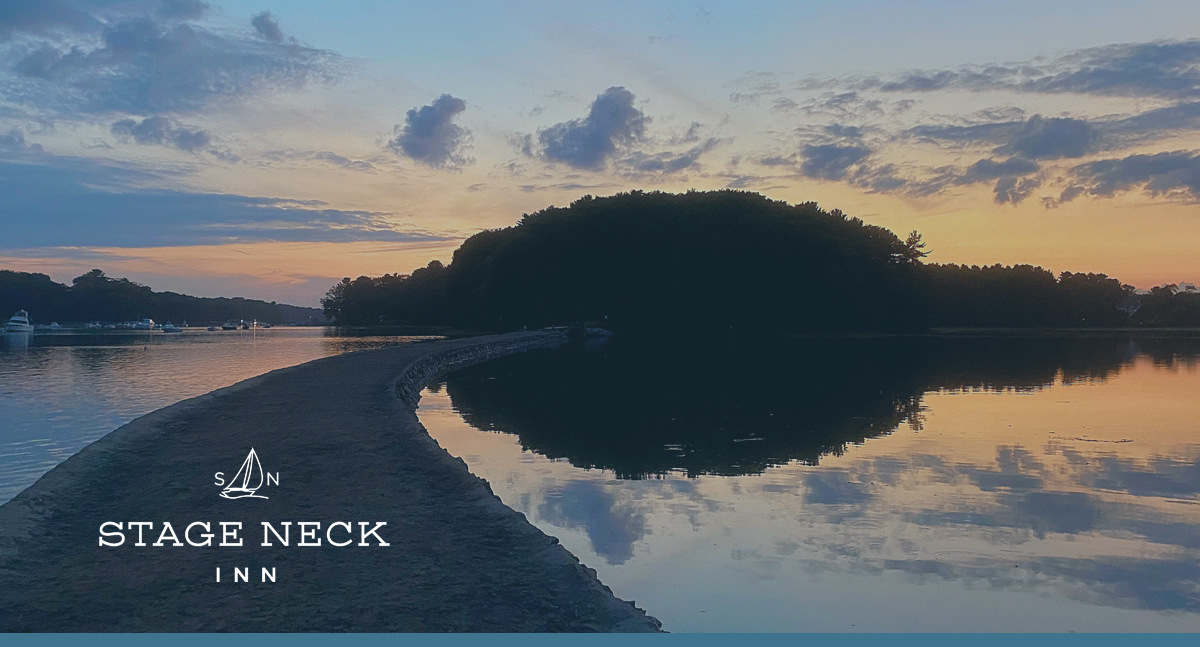
York, Maine, is well-known today as one of the state’s most beloved summer resort destinations, but it has a complex history that goes further back than just about every other town in Maine.
From an early 17th-century English settlement to the setting for the Candlemas Massacre to an important center for trade to a center for tourism, the area has a fascinating story that spans centuries.
While the highlights alone of York, Maine, history could fill up several books, a brief look at its development from 1630 to today can give you an idea of the area’s rich history. And if you are looking into visiting York, deepening your understanding and appreciation for the area before you visit will make your trip even more worthwhile.
Did you know: Maine was at one time part of Massachusetts. It didn’t become its own state until 1820, making it the 23rd state admitted to the United States of America.
1630: Settlement and Incorporation
York was first settled by the province of Maine’s first governor, Edward Godfrey, in 1630. Over the course of the next 20 years, the settlement would grow into a town with a population of around 200. Before it was named York, it was called Agamenticus, which was what the Abenaki people called the York River.
After that, English settlers changed the area’s name to Bristol, but its name had been changed once more to York by the time it was incorporated in 1652. This made York the second oldest town in the state of Maine, just behind Kittery, which was incorporated in 1647.
1692: The Candlemas Massacre
One of the darkest points in all of York, Maine, history came during King William’s War. Ownership of the area was strongly contested between the English and French during this period. This would lead to what is known as the Candlemas Massacre, or the Raid on York.
On January 24, 1692, French and Native American leaders gathered a party of around 300 soldiers and led them into York, where they attacked the English settlers, killing around 100 and taking another 80 as hostages. They also burned several buildings, effectively destroying the town.
The Candlemas Massacre has not left the memory of the people of York, and likely never will. A memorial plaque has been placed on a stone off of Chases Pond Road (called Snowshoe Rock), where the French and Native American soldiers supposedly removed their snowshoes to enact their raid in stealth. This is a town historic spot definitely worth paying a visit when in York.
Another memorial can be found at the Old Burying Ground, where some of the victims were laid to rest.
The 1700s: A Center for Trade and Government
During the 18th century, York was among the most important towns in the then-province of Maine. It served as the provincial capital, and its ports were crucial for trade with the West Indies.
The primary industries in the area were agriculture and lumber, both of which had started to become fairly prosperous before the Embargo Act of 1807 cut off trade with all foreign nations, eventually leading to the economy’s collapse.
The 1800s: A Growing Destination for Tourism
York, Maine, history was forever altered by the trade embargo, and even after it was lifted, the area’s economy struggled significantly.
This was due to the fact that, during the period of time in which trade ships did not enter the harbor, the harbor silted in, preventing large ships from ever returning and eliminating the possibility of the formerly prosperous trade industry’s resurgence.
It would be several decades until the area could find its economic footing once again. During that period in York, Maine, history, things were relatively quiet, with agriculture and fishing taking over as the area’s main industries.
It wouldn’t be until the Civil War had ended and the Industrial Revolution was in full force that the town’s economic fortunes would begin to change.
With new railroads allowing for easier transportation, the nation’s tourism industry began to grow rapidly. And one of the areas that benefitted greatly from that growth was York.
Once new visitors to the area got a look at its natural beauty and took in a bit of its storied history, it was only a matter of time before York would become a desired destination for summer travel.
The 1900s to Today: The York We Know and Love
York, Maine, history began transitioning into what might be considered its modern era sometime in the early 20th century.
What began as a summer resort town ultimately proved charming enough to become a place of year-round residence for many. But while many of the tourists may have planted their roots in the area permanently, there is still plenty of tourism to the area, and that remains York’s main industry to date.
York’s population has grown considerably since the end of World War II, but the area still tenaciously preserves its original charm with its Gilded Age architecture, various historic buildings, and its continuing focus on highlighting the natural beauty of the state that it calls home.
Stage Neck Inn is an iconic destination where families and friends share delightful experiences that evolve into lifetime memories. Offering spacious accommodations with modern amenities and classic décor, breathtaking ocean and harbor views and the ocean’s relaxing sounds make for the perfect stay at our oceanfront resort in York Harbor, ME. Book your stay online now.
